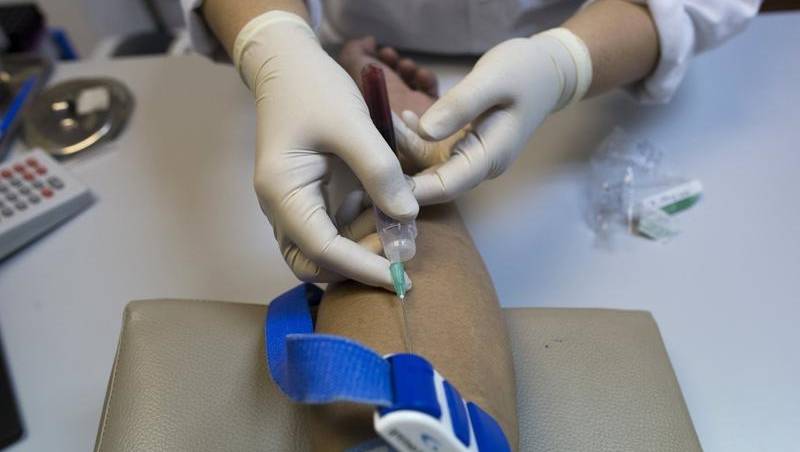
Scientists have discovered a new subtype of HIV with an Australian expert saying there was no cause for alarm.
The subtype of the virus was discovered in 2001, but new DNA sequencing technology helped scientists confirm the new strain.
The sequence discovery was published on Thursday in the Journal of Acquired Immune Deficiency Syndrome.
The discovery could affect things like treatment drugs or blood supplies, but so far it hasn’t been detected in Australia.
Philip Cunningham from the NSW State Reference Lab for HIV said scientists will now need to go and check if their tests are picking up the virus – technically called HIV subtype L.
But Mr Cunningham said “we’d be naive to think after 17 years this virus was not here”.
“I don’t think there’s any cause for alarm around the safety of the blood supply.”
“And I guess the next question is … are the treatments we have going to work?”
The Associate Professor said it wasn’t certain whether current treatment would work against the strain, but “we have no reason to believe it won’t” as it had been working against other strains.
He said the discovery would help inform Australia’s HIV prevention strategies and reinforced the case for a beefed up disease surveillance program in Australia.
Mr Cunningham said Australian blood transfusion centres use tests from a company which provided the sequencing technology, meaning the blood supply was likely to be safe.
The new strain was discovered in the Democratic Republic of Congo in 2001 and was collected by a global disease surveillance program, with the published sequence to be used by pharma companies to test their drugs against the virus.
Mr Cunningham said before Thursday’s discovery there were HIV subtypes ranging from A to K, with various mutations of those subtypes themselves.
Australian Associated Press
